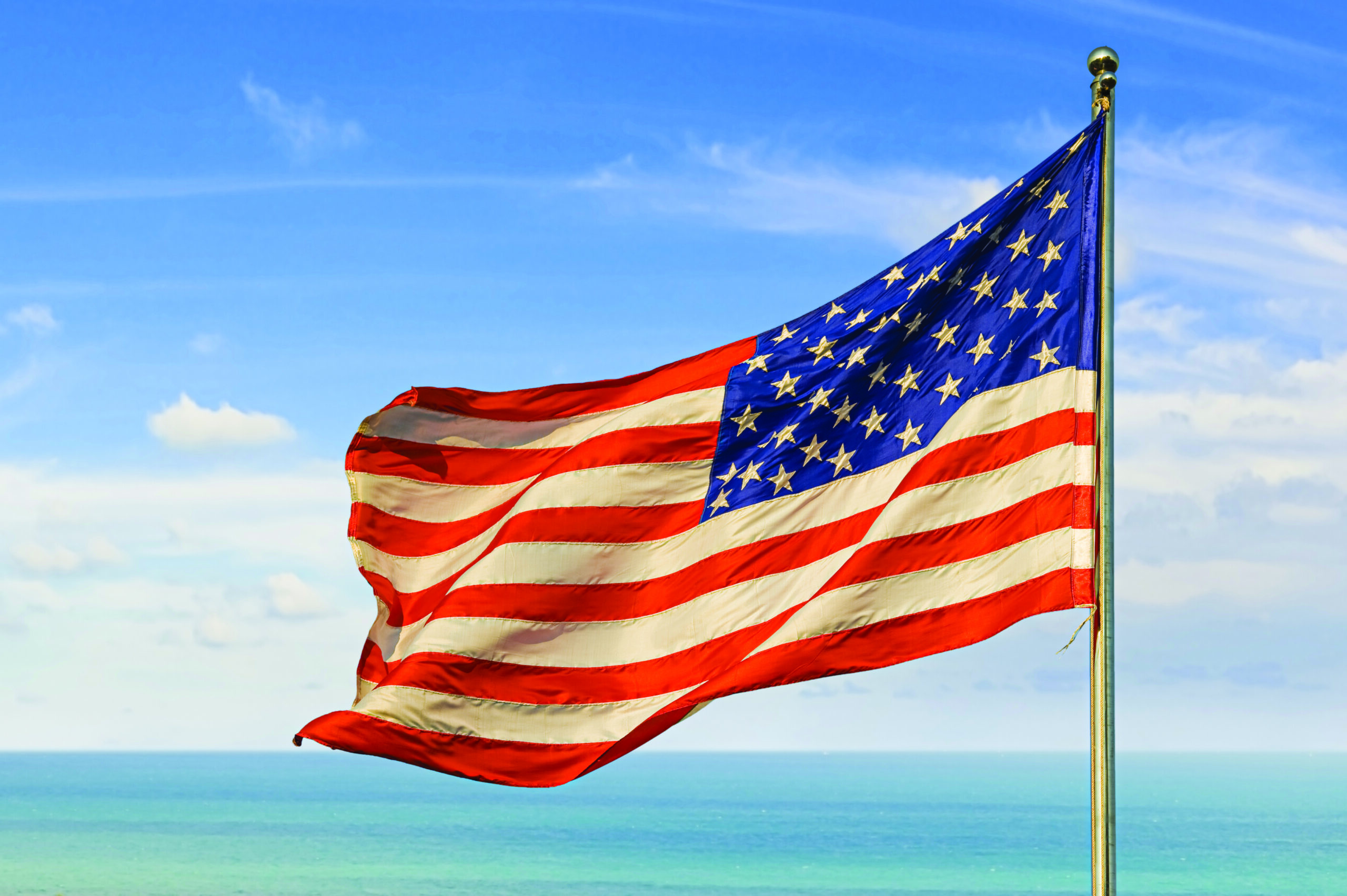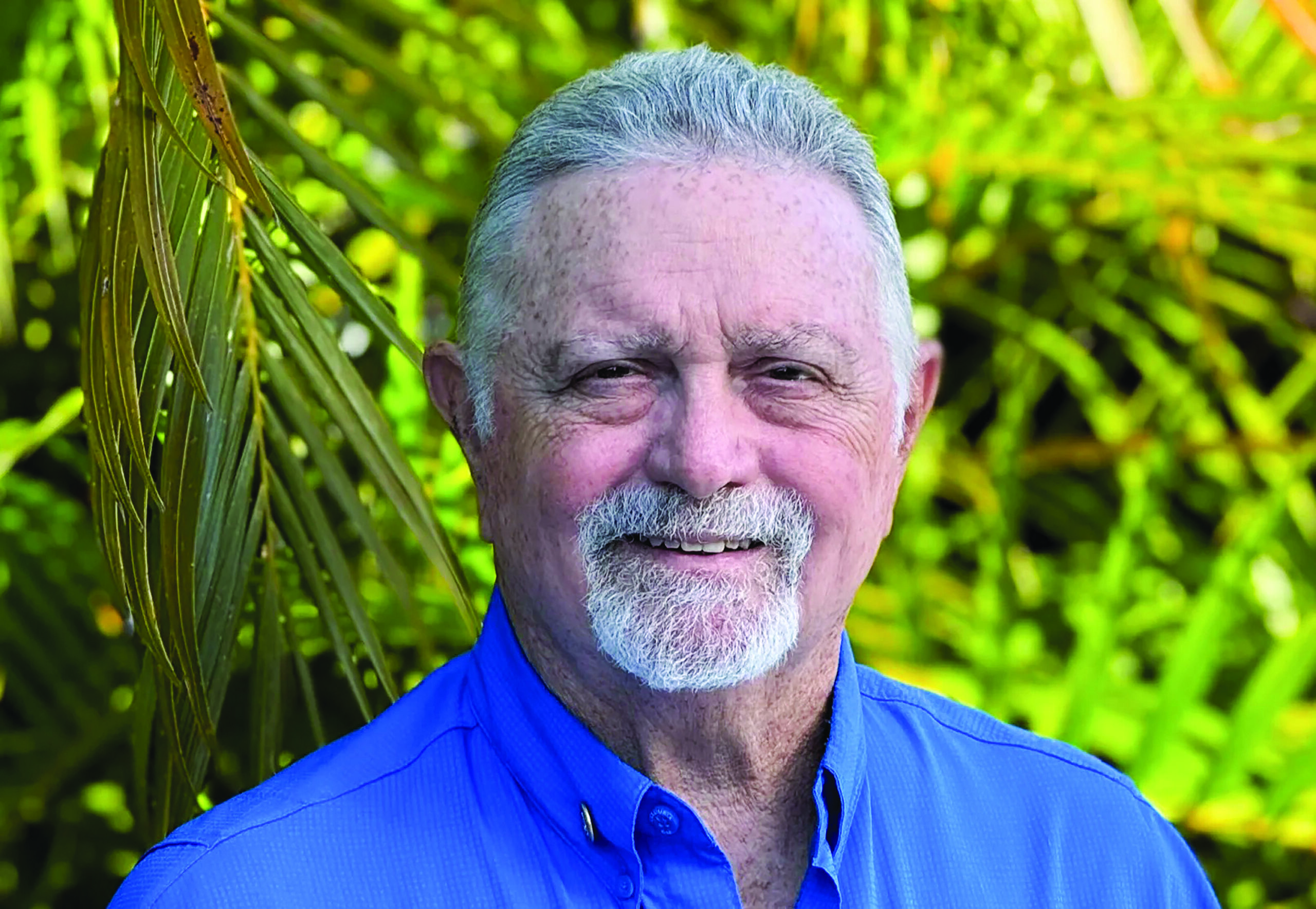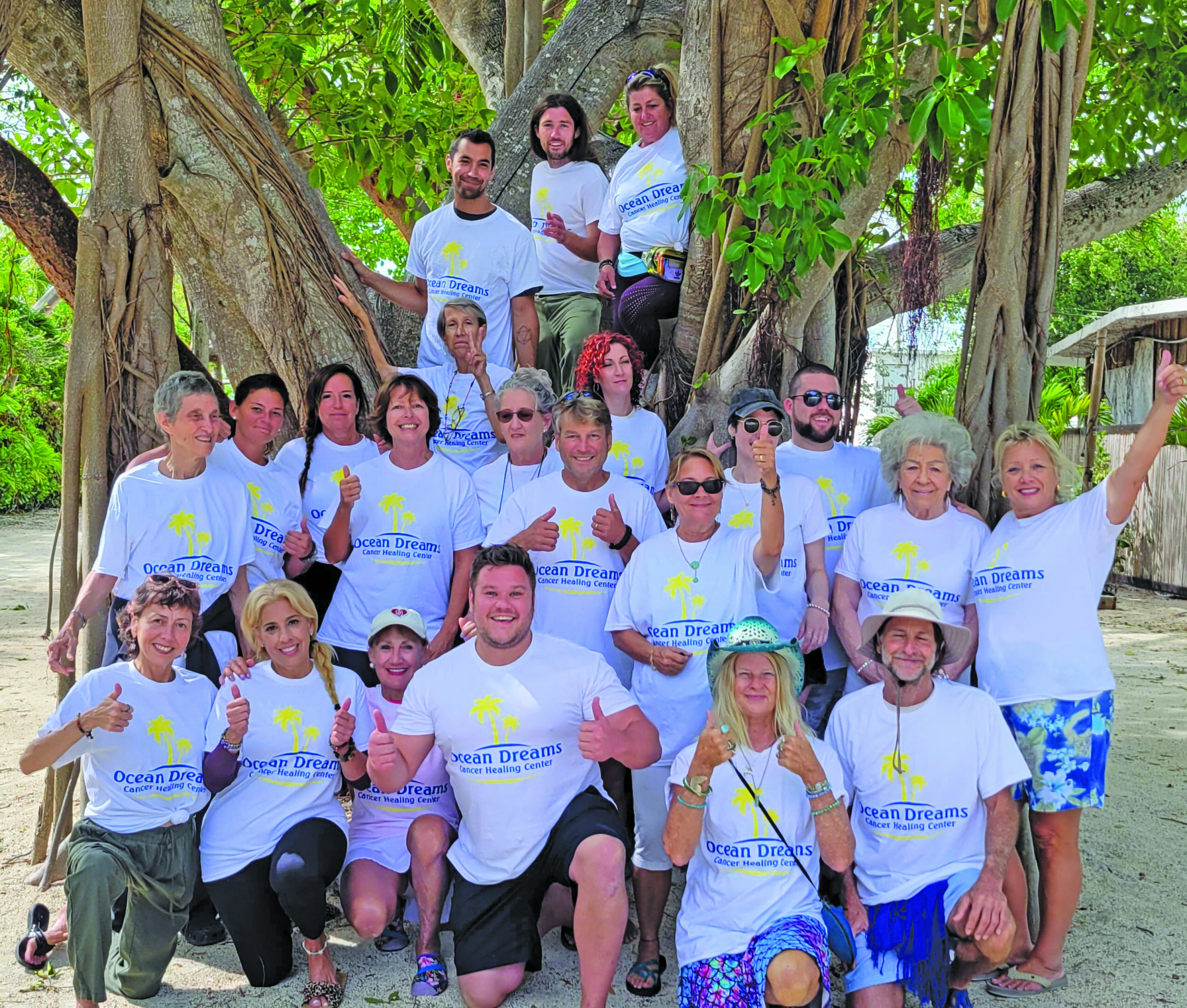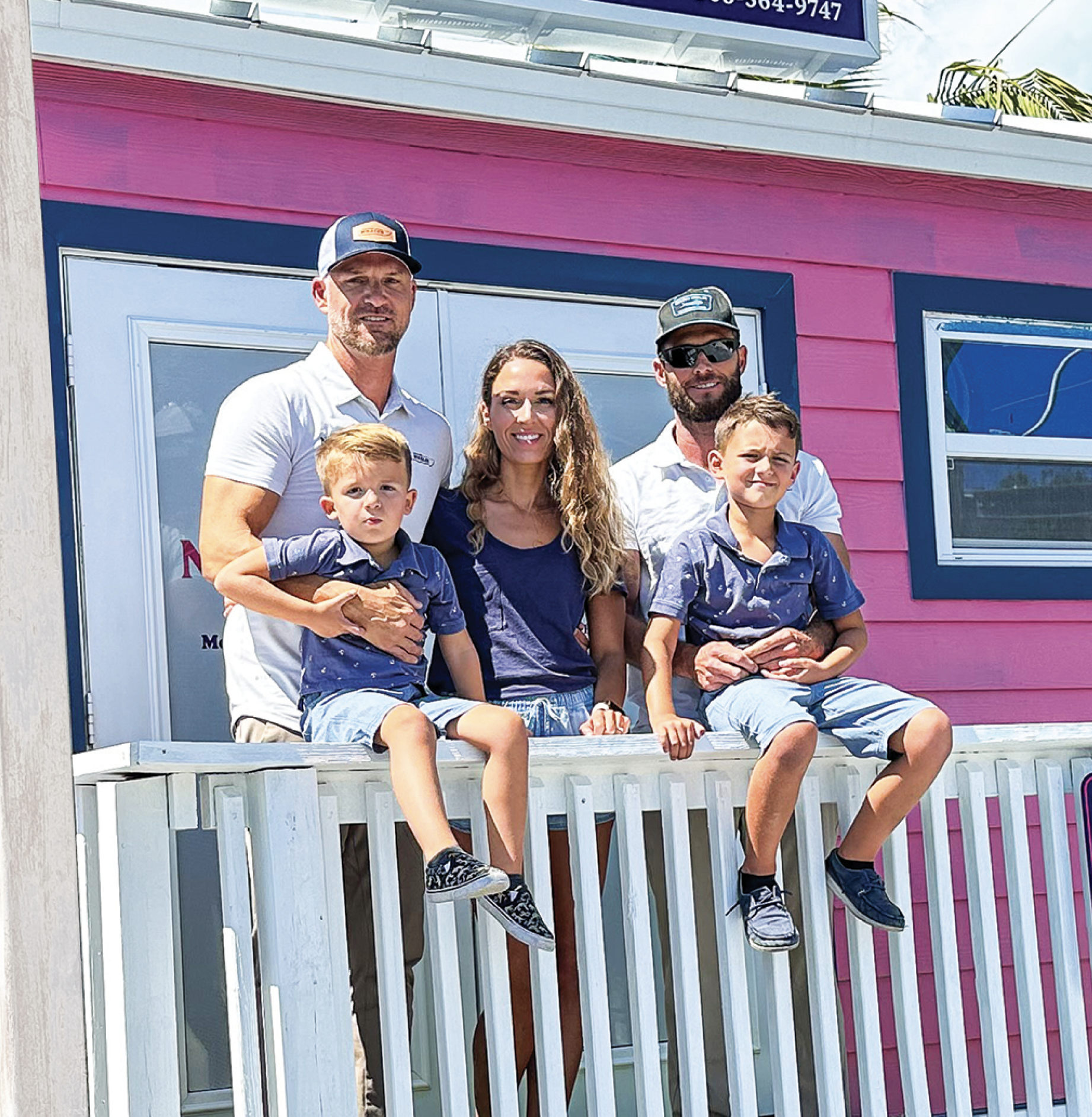The first Memorial Day, originally called Decoration Day, was first widely observed on May 30, 1868, three years after fighting in the Civil War ceased. Major General John A. Logan, leader of the Grand Army of the Republic, declared that the day should be set aside for decorating the graves of those who died in the war.
Gen. Logan urged people to use “the choicest flowers of springtime” and to “guard their graves with sacred vigilance. … Let no neglect, no ravages of time, testify to the present or to the coming generations that we have forgotten as a people the cost of a free and undivided republic.”
The first national celebration took place at Arlington National Cemetery, where both Union and Confederate soldiers were buried. After World War I, Memorial Day expanded to honor all American soldiers who have died in military service and became an official federal holiday in 1971.

Honoring the Fallen in the Keys
The Keys do not have a veteran’s cemetery to decorate with flowers and flags, but it is common for family members and patriots to decorate individual gravesides for those who served our country. There are also many events and celebrations that honor our country’s heroes throughout Memorial weekend.
Many people also make the short journey to Key West Veterans Memorial Garden at Bayview Park to pay their respects. Among the many monuments is the Forgotten Soldier Memorial, which was unveiled in 2016 in remembrance of Key West’s African American residents who served in a Union regiment during the Civil War.
Another meaningful way to honor fallen soldiers and their families is simply to express your gratitude and appreciation. Whether it’s thanking a veteran for their service or sending a note of thanks to a Gold Star Family, taking the time to acknowledge their sacrifice can mean the world to those who have lost so much.

Flying the Flag on Memorial Day
Those who fly the American flag at home or on their boat also honor our nation’s heroes. For viewers, don’t be alarmed if you see a flag that is not at half-mast later in the day. On Memorial Day, the American flag should be flown at half-staff from sunrise until noon only, then raised briskly to the top until sunset.
Gold Star Families
In remembering those who sacrificed their lives for our freedom, we should also remember the sacrifices their families made and continue to endure. Families who have lost a loved one in military service are designated Gold Star Families. The term comes from the practice of hanging a gold star in the window of a family’s home to indicate they had lost a loved one in the war.
Today, Gold Star Families are supported by organizations like the American Gold Star Mothers and the Tragedy Assistance Program for Survivors (TAPS), which provide emotional support and resources for those who have lost a family member in the line of duty.
National Moment of Remembrance
In 2000, Congress passed the National Moment of Remembrance, which encourages all Americans to pause wherever they are at 3 p.m. local time on Memorial Day for a minute of silence for those who have died in service of our country.
This meaningful pause reminds us of why we get to enjoy the festivities and barbecues Memorial Day has become known for. Why we have the freedom to celebrate in our slice of paradise.
Please join the Keys Life Magazine team in setting a phone alarm for 3 pm on Memorial Day. So, whether you’re on the water or celebrating on land, we may remember our fallen as a community. A community that is free because of the fallen.
– Jerrica Mah is a writer, Army wife, and freelance book editor, who loves to travel with her family.










